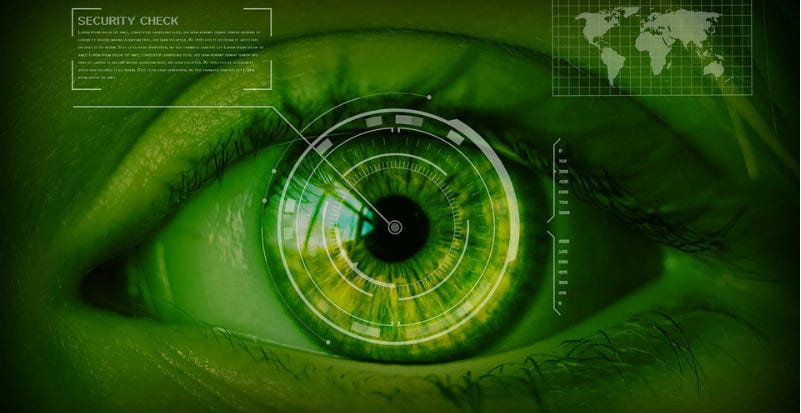How Identity Management and SIEM Intersect in Modern Cybersecurity


How do identity management and SIEM intersect in modern cybersecurity? What can enterprises do to protect their employees’ identities and databases during a still turbulent time? Why should enterprises embrace both identity management and SIEM?
For most enterprise IT decision-makers, the goal is to purchase as few solutions and software as possible. On the surface, this philosophy makes sense; too many solutions in the same IT environment can create bloat and clog up workflows both security-related and not.
However, hackers work tirelessly and collaboratively to take advantage of any and all cybersecurity gaps in IT environments; after all, hackers are by nature opportunists and endlessly resourceful. Unfortunately, cybersecurity solutions must maintain their own focuses for optimal performance; an identity management solution shouldn’t try to also serve as a log management solution, as the weight of the solution might overwhelm the network.
So your enterprise should ensure it utilizes both identity management and SIEM solutions. In fact, doing so can actually enhance your overall cybersecurity. Here’s how.
Widget not in any sidebars
How Identity Management and SIEM Intersect
1. Securing the Remote Workforce
With 2020 came, among innumerable other challenges, a sudden need to shift to remote work en masse. What began as a gradual transition accelerated faster than any security expert could possibly predict. Of course, this led to a glut of security challenges and desperate games of catch-up.
While many enterprises now have a handle on their remote workforces, others continue to struggle. How can they maintain oversight of a disparate workforce? How do they know if an account has become compromised instantly so they can begin threat remediation immediately?
This is where identity management and SIEM step in. Identity management provides multifactor authentication, an essential tool for ensuring employee identities remain safe; the more factors between requester and database, the more secure the account. However, SIEM provides user and entity behavior analysis (UEBA), which can help detect if a hacker has compromised an account.
Continuous authentication helps round out initial, login-based authentication, ensuring that just getting past the first gatekeeper doesn’t give unqualified access. This matters more than ever with so many conducting logins and workdays away from the business.
2. More Security for the Most Sensitive Data
Both identity management and SIEM work to secure the most sensitive databases, albeit approaching the challenge in different manners.
Through identity management, enterprises can benefit from step-up authentication. This combines the strengths of both multifactor authentication and continuous authentication while cutting some of the perceived downsides. Step-up authentication asks for more advanced, more specific, and more difficult authentication factors as the sensitivity of the access requests increase.
Therefore, users can enter the network fairly easily, facilitating workflows, while still needing to prove their identities when they try to reach critical information.
SIEM can help secure these databases through its continual monitoring via log management. While SIEM can technically protect the entire IT environment, most experts recommend not deploying SIEM in this manner. Unfortunately, doing so can overwhelm IT teams with alerts and false positives, and make threat hunting harder.
Instead, SIEM should be deployed to monitor the most critical and sensitive databases and applications. Therefore, an alert can help IT teams prevent the worst damages of data breaches and detect potential leaks.
3. Compliance
Compliance still matters to cybersecurity. No, it can’t serve as a foundation for cybersecurity; compliance mandates don’t provide enough protection to adequately defend against hackers. However, fulfilling compliance mandates can help mitigate some of the financial and social damage that can follow a data breach or cyber-attack.
While the public often turns against brands that suffer from breaches, demonstrating that your business takes cybersecurity seriously can heal that mistrust. Identity management often forms the backbone of these compliance mandates. SIEM, on the other hand, provides out-of-the-box reporting, often paired with automatic compliance report creation. This takes a serious burden off the shoulder of your IT security team.
You can learn more about identity management and SIEM in our Buyer’s Guides.
Widget not in any sidebars






















